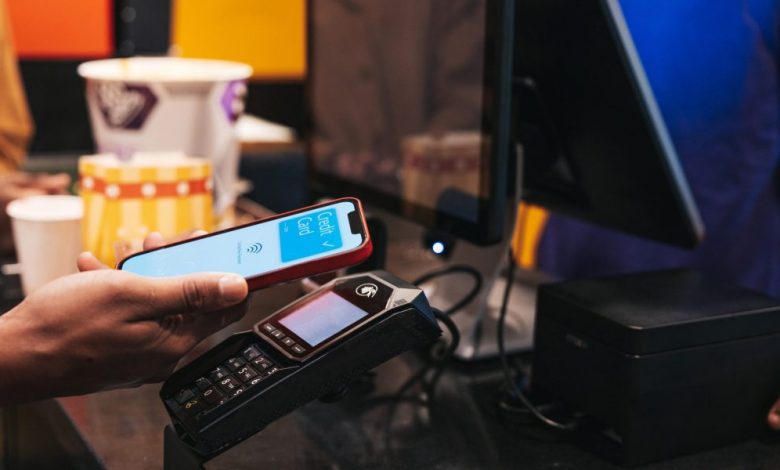Americans are drowning in credit card debt

Credit card debt skyrocketed in the last three months of 2022 as Americans shop through the holidays and potentially run into financial troubles.
According to the Federal Reserve Bank of New York’s quarterly household debt report, Americans’ collective credit card balances totaled $986 billion at the end of last year, up $61 billion from the previous quarter. Overall, US household debt — including mortgage, auto, student loans, and credit card debt — grew to $16.90 trillion by the end of 2022.
However, that $61 billion increase in credit card debt was the largest quarterly increase in the history of NY Fed data, dating back to 1999. Additionally, total accumulated credit card debt surpassed the pre-pandemic record of $927 billion.
“Credit card balances grew robustly in the fourth quarter, while mortgage and auto loan balances grew more moderately, reflecting activity consistent with pre-pandemic levels,” Wilbert van der Klaauw, economic research adviser at the New York Fed, said in a statement.
While high levels of debt are a bit alarming in and of themselves, what’s even more worrying is that default rates are also rising. Researchers say that while the transition from debt to serious arrears (more than 90 days past due) still appears relatively small, the trend is gaining momentum.
“Although historically low unemployment has generally kept consumers’ financial bases strong, persistently high prices and rising interest rates could test some borrowers’ ability to repay their debts,” van der Klaauw said.
The percentage of credit card balances that went into serial default in the fourth quarter of 2021 was approximately 3.2%. That rose to about 4.01% at the end of 2022, the NY Fed noted. Overall, 18.3 million borrowers were in arrears on their credit card payments in 2022, compared to 15.8 million in 2019.
Younger Americans are more likely to struggle with credit card debt
Looking at the number of borrowers who are delinquent, NY Fed researchers found that younger Americans are struggling the most. Those in their 20s and 30s are missing out on credit card payments and engaging in serious crime at higher rates than before the pandemic.
As van der Klaauw noted, younger Americans’ struggle to stay afloat — and get out of serious debt — is likely due to a combination of inflation and higher interest rates eating into monthly budgets. In general, pay increases have not kept pace with inflation, meaning that Americans’ real disposable income has actually fallen in 2022. That means many Americans are putting the increased cost of gas and groceries on their credit cards, only to pay higher payments for rising interest rates, NY Fed researchers found.
However, even with rising credit card delinquencies, the trend has yet to reach “worrying” levels, in part because the U.S. is edging from a period of historic lows prior to the pandemic, according to researchers. That could be a red flag, though, especially considering younger borrowers are more likely to have student loan debt that is currently on a pause in payments.
Once payments resume, those who are already struggling to pay their monthly credit card bills may find themselves further behind when they also have to juggle loan repayments.
The risk of a recession is also worrying. Typically, a downturn leads to an increase in the unemployment rate. Right now, despite a fairly strong job market, crime rates are rising, the researchers note. So if the unemployment rate rises sharply, arrears are also likely to increase. But if the unemployment rate stays at this very low historical level, will arrears continue to rise?
At the moment, the researchers are watching closely.
Learn how to navigate and build trust in your organization with The Trust Factor, a weekly newsletter exploring what leaders need to succeed. Login here.



